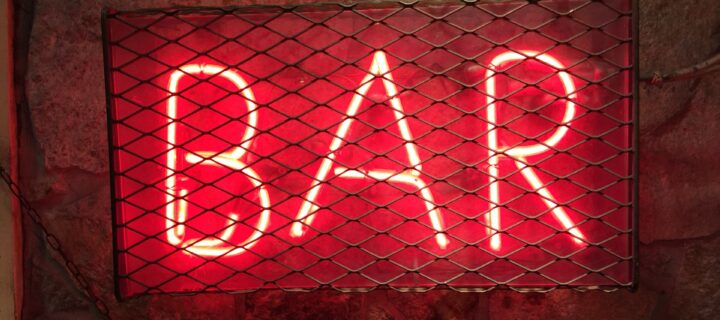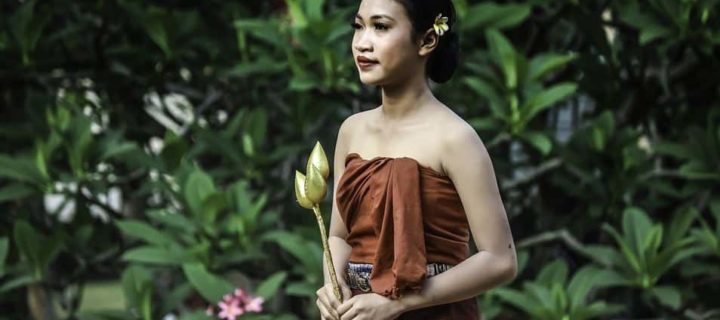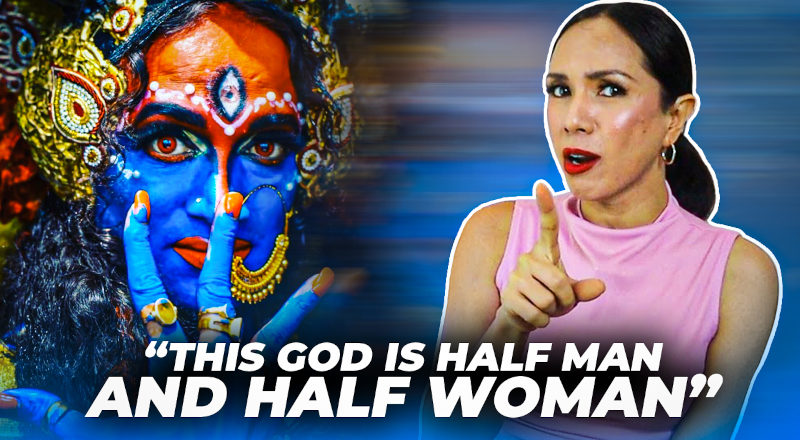
Hijra – The Third Gender India Celebrated Then Silenced
Transgender is a very popular term around the globe. However, not everyone is adept at speaking English. When visiting other countries, it’s wise to know the proper terminologies. This is to avoid confusion and other possible conundrums.
If you’re planning to go to India to meet transgender women; or simply communicate with an Indian trans individual, you first must know what the word hijra truly means. Please don’t use this word lightly because it may connote different meanings and not all of them dress as women.
On this page
Hijra definition
In this section, the meaning of the word will be explained in all aspects. From what it is, proper usage, its standing, and more. Furthermore, we’re not only going to discuss the Indian hijra. This word is used in the whole Indian diaspora as well.
A lot of countries in South Asia like Nepal, Bangladesh, and more, know what this word is.
What is hijra?
The word is a popular umbrella term that’s used in the Indian subcontinent. It can refer to eunuchs, intersex, and transgender people.
They are recognized to belong in the third gender identity.
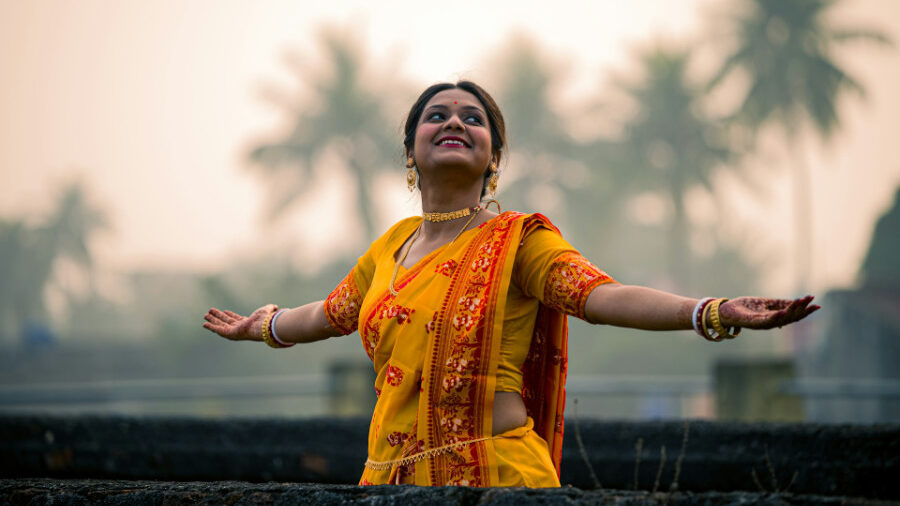
The word by definition is more relative to non-binary or queer individuals. However, it’s a popular term used within the region in identifying transgender women.
They are not considered as completely female nor male. This may seem offensive in the west as transgender women should be properly addressed. However, in the south Asian region, the term rings more normalcy.
The origin of hijra
They have existed since the ancient civilizations according to recorded history.
This information comes from the ancient Indian Sanskrit text on:
- eroticism
- sexuality
- and emotional fulfillment; the Kama Sutra
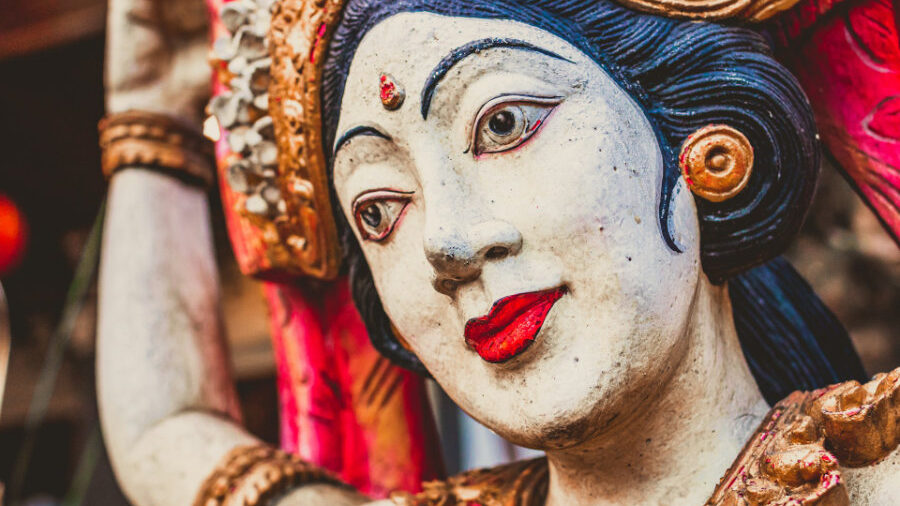
Their (eunuchs) existence is celebrated in sacred Hindu texts such as the Kama Sutra and Mahabharata. They were also quite influential and held high positions in the Mughal courts.
In ancient times, they belonged to a special caste. They were devotees of Lord Shiva, the mother goddess Bahuchara Mata, or both. They were respected back in the day and it’s the modern times (spread of Abrahamic religions) that have tainted their image.
Other terms
Depending on the region, Hijras are named differently.
In some places, they are known as
- Aruvani
- Jagappa
- Chhakka (derogatory)
- Transsexual woman
- Transgender woman
- Trans woman
- Ladyboy
- Tranny (derogatory)
- Shemale (derogatory)
- Newhalf (Japan)
- Kathoey (Thailand)
- Waria (Indonesia)
- Bakla / Bayot (Philippines)
- Māhu (Hawaii)
- Travesti (Latin America)
Hijra and islam
The influence of Hijra in spreading Islam from Mecca to Medina has nothing to do with the Indian third gender community from the ancient civilization of India. It is also not related with the Islamic Calendar called Hijri.
Religion and hijras
Lord Shiva
Lord Shiva has many forms. One of them is the merging with Parvati and together, they make Ardhanari.
Ardhanari is a god that’s half Shiva and Parvati making him/her half woman and half man.
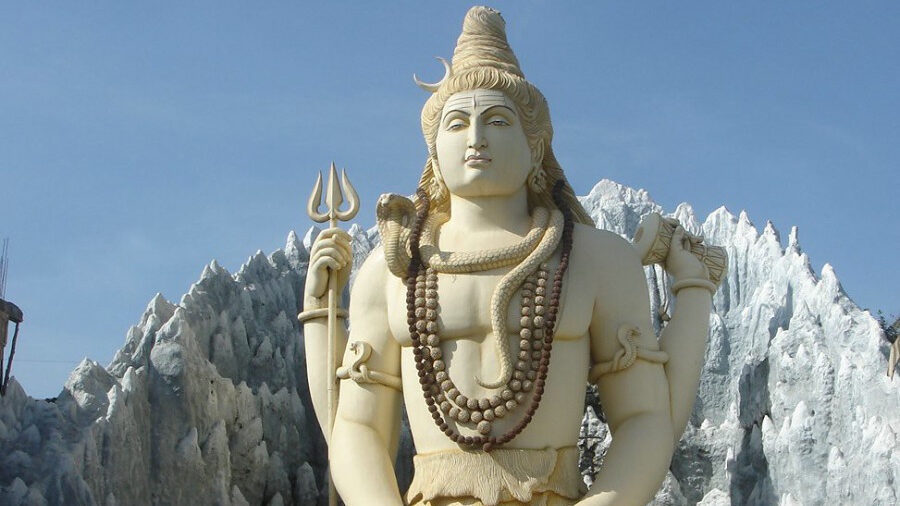
Ardhanari is quite significant to them and is usually revered by people who identify with gender ambiguities.
Bahuchara Mata
Bahuchara Mata is a Hindu goddess. She has two unrelated stories that are both associated with transgender behavior.
The first story is heer appearing in the avatar of a princess who castrated her husband as he would run in the woods and act like a woman rather than make love with her.
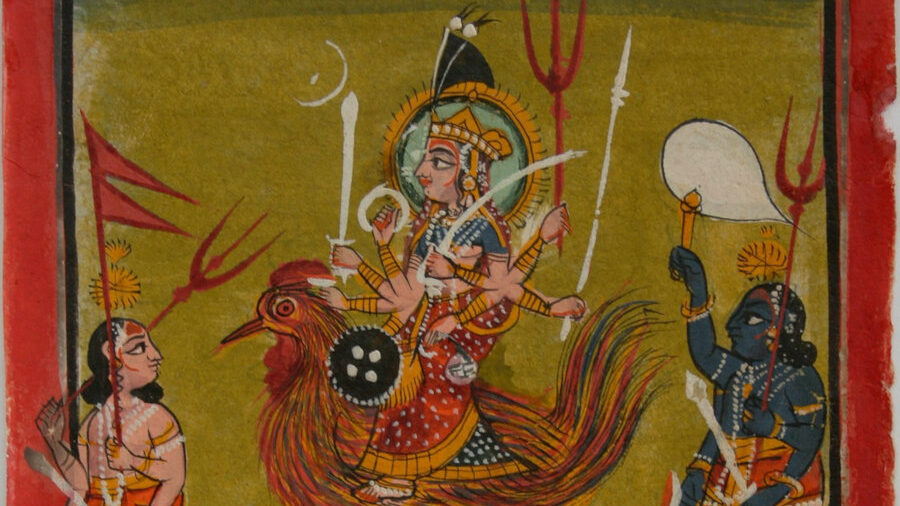
The other story is a man trying to rape her which she cursed with impotence. When the man pleads for her forgiveness, she relents and agreed only if he runs in the woods and acts like a woman.
Ramayana
In other versions of the Ramayana, when Rama leaves Ayodhya for his exile of 14 years, his subjects follow him into the forest due to devotion.
Rama notices them and gathers them around to tell them not to mourn. He said that all men and women of his kingdom shall return to their places in Ayodhya.
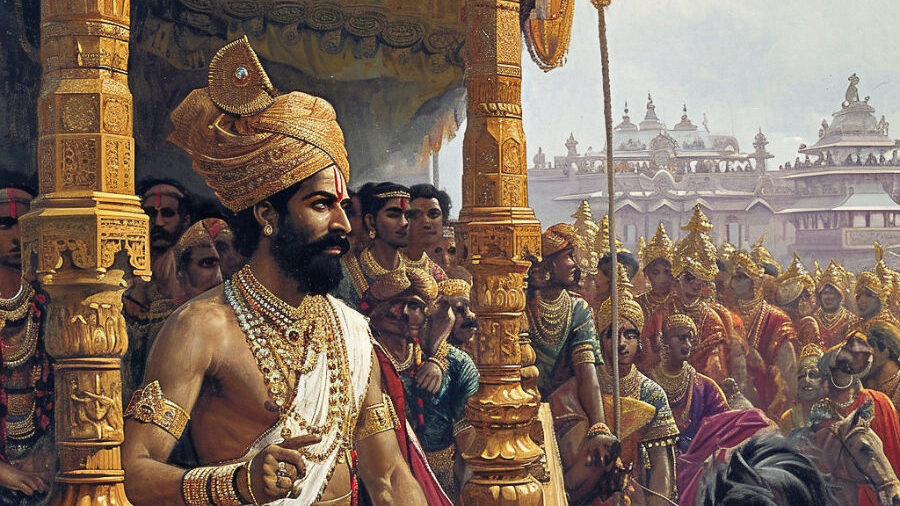
He then leaves and starts a 14-year adventure. After returning to Ayodhya, he finds the therm, being neither men nor women, have not moved from the place where he gave his speech. Impressed with their devotion, he grants them the boon to confer blessings on people during auspicious inaugural occasions such as weddings and childbirths.
Mahabharata
Mahabharata has an episode in which Arjuna, the hero of the epic, was sent into an exile.
There, he assumed an identity of a eunuch-transvestite and performed rituals during childbirths and weddings which in today’s world, are performed by Hijras.
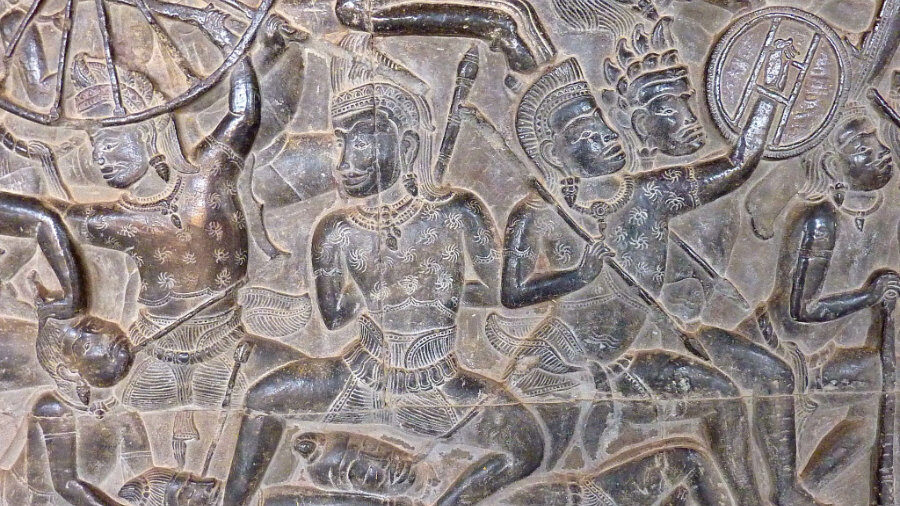
In another episode, before the Kurukshetra War, Iravan offers his lifeblood to goddess Kali. This was done to ensure the victory of the Pandavas. Kali agrees and granted him power.
On the eve before the battle, Iravan shares a desire to get married before his death. No woman wanted to marry a man doomed to die in a few hours. Lord Krishna marries him in the form of a woman called Mohini.
Is a transgender woman and hijra the same ?
As explained above, the word is an umbrella term. It may or may not pertain to a trans woman. However, if you happen to be in South Asia and are dealing with the language barrier, it’s then that the word becomes handy.
Should you address a trans woman of Indian descent in the west or if the person knows the difference between the 2 terms, please stick to using transgender woman or trans woman.
Today’s hijra
They are quite different from what they used to be in ancient times. The majority of trans women who represents the Hijra community is unfortunately not given the opportunity to live a full life.
A huge number of them today are if not street workers and in the line of the adult industry, beggars. Both the government and society are complicit in preventing them to live a life of dignity. This is made possible by the lack of opportunities in the workforce due to discrimination and hate.
How hijras live
Plenty of them live in organized all-Hijra communities to escape persecution. These communities have been in existence for many generations.
Living in such a community may require the membre to undergo an initiation rite. Such rite is called Nirwaan; which entails the removal of the male genitalia, testicles, and scrotum.
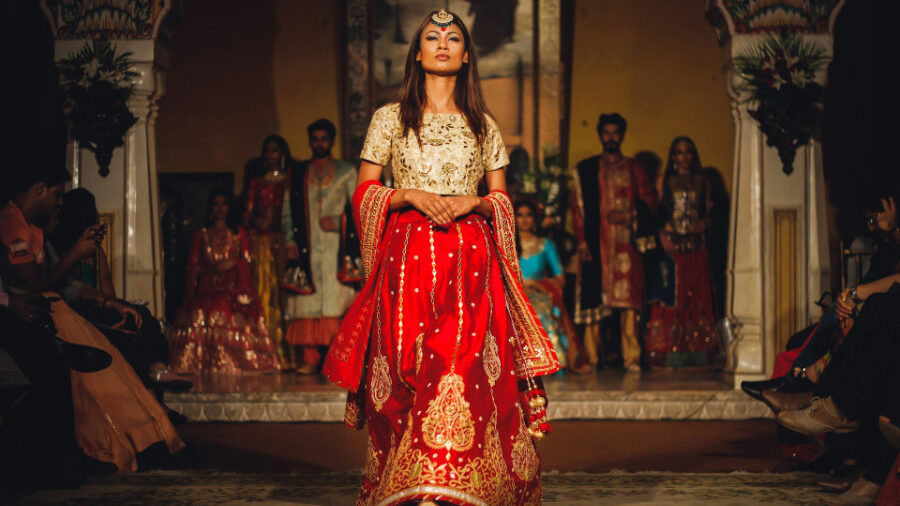
These communities are often made up of groups. These groups are usually led by gurus who are third gender as well. These gurus not only guide mentees. They also take a cut from their earnings; be it from begging or street walking.
Furthermore, these communities have developed their own language. It’s called the Hijra Farsi and its creation’s goal is for protection. It is a language that’s based on the Hindustani language.
Struggles they face
Red-light districts are quite abundant with them. This struggle started when the British came to power in India.
Its influence was too strong that it tainted the respect that Indians had for the third gender.
In 1897, British colonialists decided to pass a law that classified eunuchs as criminals. Violence against them, especially to the adult workers became rampant in public places shortly after.
In today’s world, they are still suffering. Gradual changes are happening in terms of inclusivity and acceptance. However, a huge number of the third gender is still unemployed and uneducated.
Apart from begging and street walking, most of them make money from being invited to bless celebrations such as births and marriages.
Hijra and the governments
Pakistan, India, Bangladesh, and Nepal all legally accept them.
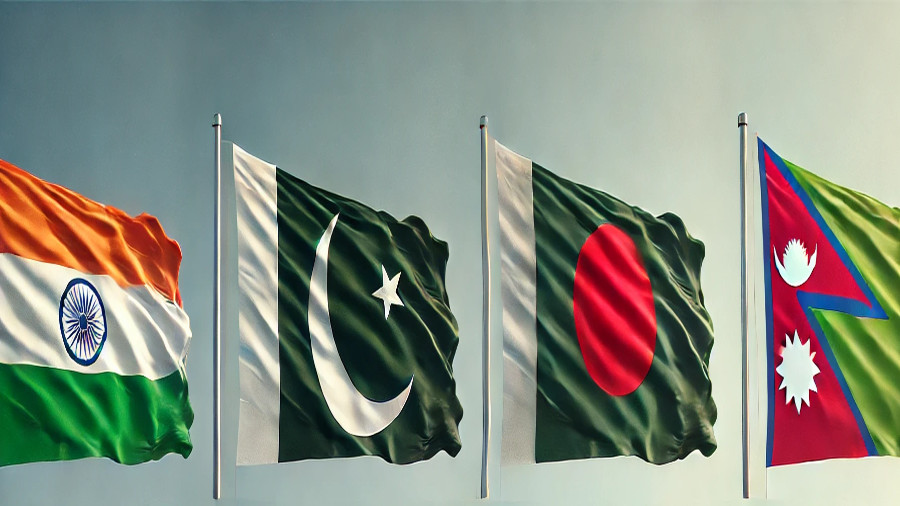
In India and Nepal, the governments allow them to choose “third gender” as a marker in their passports.
Hijra celebrations
Albeit the inequality and sadness that most commonly clouds their life, there are still reasons to celebrate.
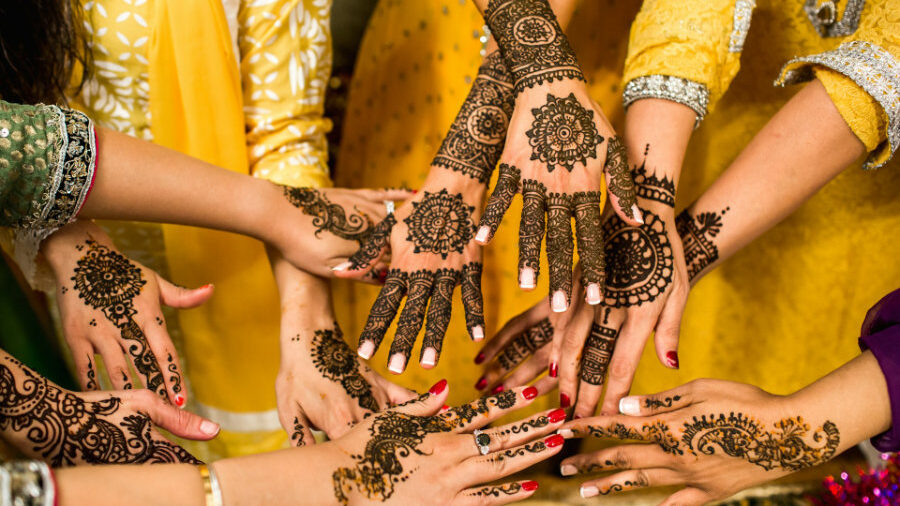
After all, ancient India is quite magical and this magic can’t simply be taken away by modern oppression.
Hijra habba
Similar to the Pride Month marches, it is done to celebrate, commemorate, and spread awareness. It’s not only attended and organized by people of the third gender. It’s also made possible by other people from the LGBTQA+ community.
This celebration often includes discussing the changes needed in education, policies, and communities. The Hijra Habba back in 2018 was quite memorable as it’s celebrated in light of the Supreme Courte decriminalizing Section 377. This section used to criminalize people participating in gay love-making.
Added to that, it is also a moment to spread awareness. Most especially about HIV, transgenderism, and deaths due to crimes driven by hate and discrimination.
Koovagam festival
Koovagam is a village located in Ulubdurpettai taluk. It’s in the Villupuram district of Tamil Nadu. It is famous for its yearly Koovagam festival; the celebration of Kinnars (Hijras) held in April or May.
This festivity is based on religion. On this special day of the month, participants marry Lord Koothandavar, thus reenacting an ancient history of Lord Vishnu/Krishna who married him after taking a form of a woman named Mohini.
After the day of marriage, they mourn the god Koothandavar’s death. This mourning is done through ritualistic danced and by breaking their bangles. Furthermore, beauty pageants and several competitions are also held which are usually participated by the third gender.
In some seminars, basic rights and healthcare of transgender individuals are discussed. This festival causes quite a frenzy and is visited by a lot of tourists annually.
Famous hijra people
Laxmi Narayan Tripathi
One of the most respected people in the community is activist Laxmi Narayan Tripathi.
She’s from a Brahmin (a caste of priests, teachers, and protectors in India) family.
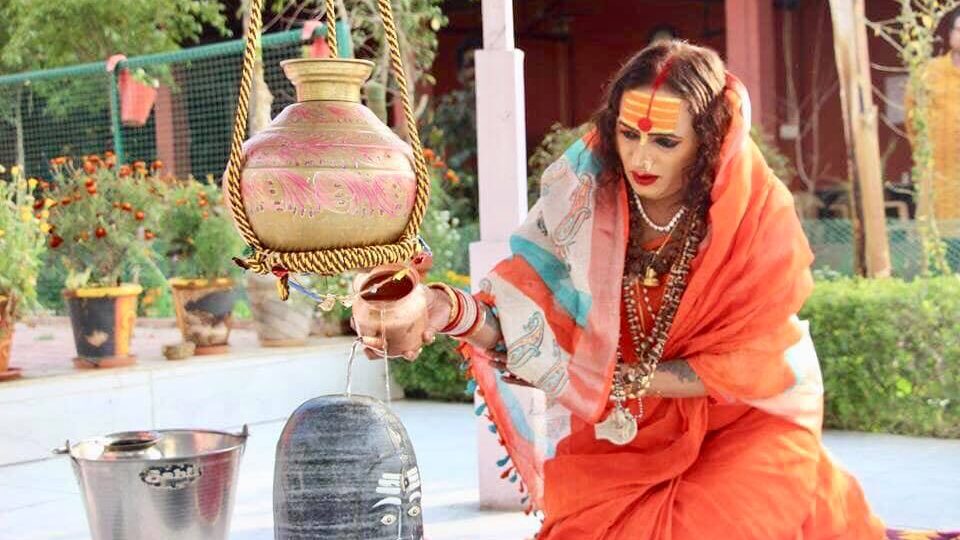
She’s also a transgender woman from Mumbai whose fights for Hijra and transgender rights propelled significant positive changes for the third gender in India.
Follow Laxmi Narayan Tripathi: Facebook | Instagram | Threads
Read also: Laxmi Narayan Tripathi’s Brave Battle
Padmini Prakash
Padmini Prakash is a pioneering figure in the Indian media industry, making history as the country’s first transgender news anchor. She is also a social activist and has been actively advocating for the rights of transgender people in India.
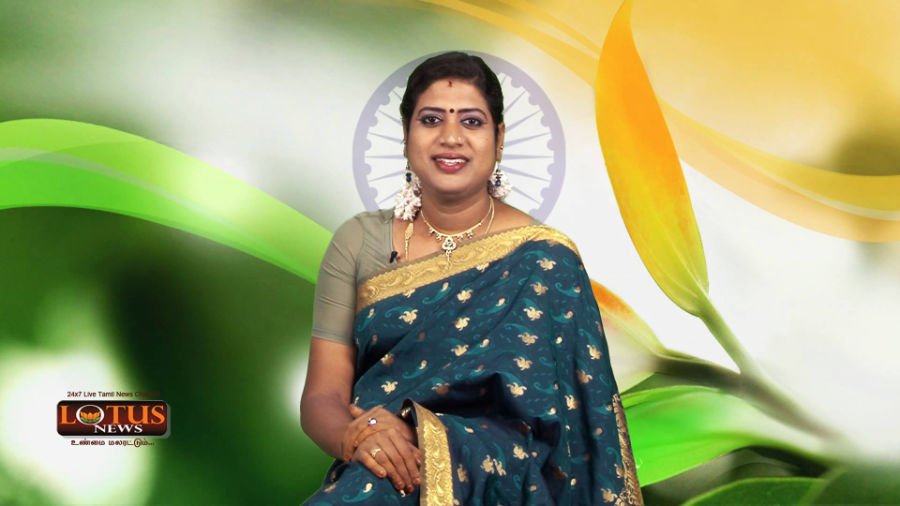
With her work in the media, Padmini has become a role model and inspirational figure for many in the transgender community, helping to break down barriers and promote inclusiveness in a society that has long marginalized and discriminated against transgender individuals.
She has been a strong voice in calling for equal rights and protections for transgender individuals and has worked tirelessly to help break down the stigma and ignorance surrounding transgender people.
Padmini’s unwavering commitment to the cause has made her a trailblazer and an inspiration to many, and her work continues to have a lasting impact on the lives of transgender people in India.
Follow Padmini Prakash: Facebook | Instagram | Threads | Youtube
Where to find them
If you want to find them, your best bet is to visit India. Hijras have a very rich and astounding history. You can also strategically travel to India to celebrate the festivals listed above.

You may also create an account on My Ladyboy Date, the first decent dating site for Asian ladyboys and the men who love them.
Did you learn anything from this article? Kindly share it on your timeline.
We analyzed Google Trends data to compare the popularity of various terms that refer to transgender women in Asia and in the world. This is what we found out.
